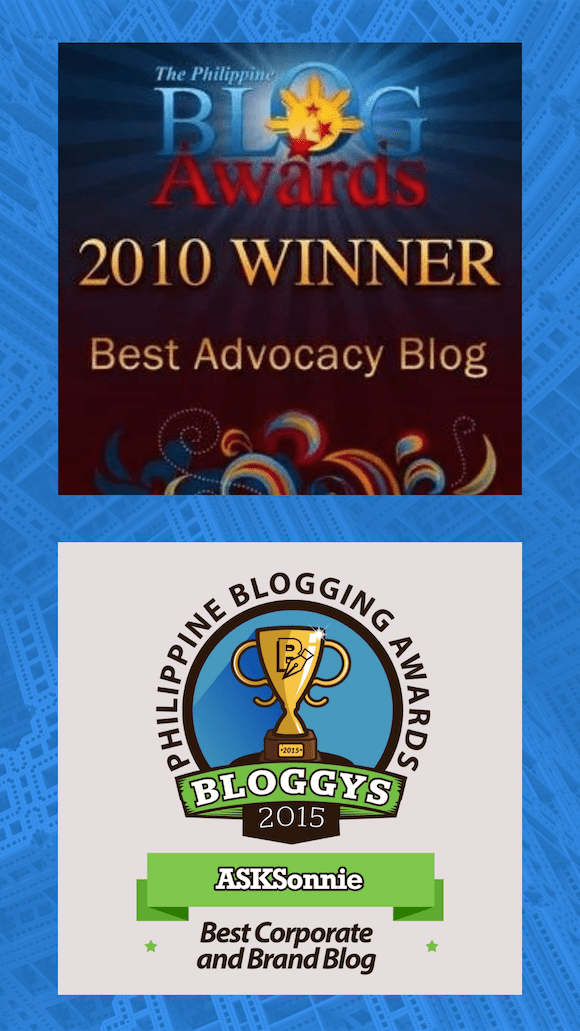People analytics is a growing science and an emerging tech tool to aid HR when recommending value adding programs. We will be embarking on a 4 part series to discuss the topic. Nath, an enthusiast of analytics and an alumnus of HR 1.0 Mentoring program, is the author for this blog series.
Introduction:
The Philippines is currently trying to close the gap in terms of data analytics. Forward-moving countries have their own analytics department and it’s yielding them an unprecedented amount of success. A lot of these companies use analytics in sales, advertising, finance and supply chain management to name a few.
Since we are approaching industry 4.0, data management, manipulation, analysis and presentation are core skills moving forward. A lot of training providers are offering analytics courses and I admit that I had attended some of them. There is also an influx of quality books that teaches analytics in a more simplified way. Reading them will help you propel your career in the future. We cannot also deny that HR Department has tons of data from resumes, personal information form, notices to explain and etc. These are buried deep down the filing cabinets and are disposed after five to ten years. These are treasure troves of raw data which are historical and can be a basis of insight for improvement.
As my way of paying forward, allow me to share some experiences that helped me understand some of the concepts of this new discipline: HR or People Analytics through a four-part article.
What is People Analytics?
Mike West, from his book: People Analytics for Dummies, defined People analytics as “applying evidence to management decisions about people.” (West, 2019). We are living in an era where data collection is easier through the intervention of technology. Systems applied in HR can produce various data, which can provide important insights regarding crucial people-related questions. Management are more fact-based and purposeful. They are always aware that people are the most important asset of every organization. However, because we are not speaking the same language, which is fact-based propositions, it’s hard for them to decide whether our proposals should be approved or not. And if ever it is approved, how much budget is justifiable? These are the tough questions that people analytics can help to answer.
Levels of Analytics Maturity:
There are a lot of different analytic maturity models but the common has three:
- Descriptive
- Predictive
- Prescriptive
Most companies are at the descriptive level. This are the use of metrics, patterns, connections, correlations and relationships. It commonly answers the questions: What happened? & Why did it happen?
The next level is the advanced one and the most commonly offered training program: Predictive Analytics. You will commonly see predictive models when an organization is already at this level of maturity. It commonly answers the question: What will happen?
Lastly, this is kind of rare and requires a lot of investment in the analytics department. The prescriptive model pertains to creating models where the impact of different decisions are being predicted. To be honest, I do not have this kind of experience yet since most of my experience are at level one and two. However, theoretically, if-then analysis is an example and is the most common. This is usually used by forward thinking companies when they are starting their workforce planning and dove-tail it to their financial model. It commonly answers the questions:
How can we avoid it? / How can we make it happen?
As a manager, it is best to be at the prescriptive level. Having this technology can greatly increase your competitive advantage against competitors. However, starting to polish your organizations’ descriptive level can make a significant change in the organization and is the first step in maturing your culture to a data-driven one. The best way to start is to identify the right metrics to use, which I will cover in Part 2 of this 4-Part People Analytics article.
In my next article, we will further discuss the concept of hr analytics. Feel free to start a convo by sharing your thoughts in the comments section
Discover more from ASKSonnie.INFO
Subscribe to get the latest posts sent to your email.


